David Taylor, Fell Running Guide

Race 5km or 25km?
Run training can be reasonably straightforward if you are only targeting a few key races of similar duration over the year. But what if your season consists of numerous races over a wide range of distances and different types of terrain?
This is a challenge that is faced by runners training for the UK’s Fell Running Championships, but it equally applies to trail running globally where the number and type of races throughout the year is extensive. Many trail running competition series around the world have races of all distances and terrains.
In UK fell running there are hundreds of races a year, of which nine count as championship races. These are different every year and spread over the months of February to September. Distances range from as short as five kilometres; a pure blast up and down a 450m hill, whilst the longest can be over thirty kilometres with 2700m of ascent. The short race will be won in thirty minutes whilst even the country’s best runner will be running for a gruelling three and a half hours on the long race. To further complicate matters the races don’t get longer or shorter as the season progresses, you might have the shortest race followed a month later by the longest, then a medium distance then another long, then a short etc!
So, how do you periodize your training to allow you compete across such a spectrum?
Pick your A Races
Although it is natural to want to do your best in every race it might be better to look at the race calendar to identify which races you are likely to do best in and make these your key goals. For example, some races cover very rough ground and have steep, rocky descents. Others have more of a grassy profile with less severe gradients. If you know that you are better suited to faster running on less challenging terrain, then it would make sense to be in peak fitness for the less techincal race.
Don’t expect to be fully fit all year
With the season spanning eight months it is unrealistic to expect to be at peak fitness for every race. If you come into race one absolutely flying after a hard training block it will be hard to maintain that form for the remainder of the season. Fatigue is going to catch up with you at some point, particularly after the longer races so it is important to plan recovery weeks at frequent intervals to allow you to recover from races and hard weeks. Think of your fitness as a wave; it will have peaks and troughs as you cycle through blocks of training and racing throughout the year. Ideally you will have a peak at the point in the calendar when races are most concentrated. On the image shown you might peak for the first race in February then back off the training to recover, aiming to peak again for the June race. That would be followed by another recovery period looking to peak again for the two August races. You would then recover again after the long race and hope that you could regain some freshness for the final race!
Training is like juggling
Think of your training as juggling where each ball is a type of run. You will have lots of balls, for example; recovery run, easy run, steady run, threshold run, VO2 max intervals, hill reps, long run, strides, hill sprints, flat run, hilly run, fartlek etc. etc.
You don’t need to be juggling with all the balls every week! Some balls might need to be in the air all the time but others can be picked up or dropped according to where you are in the season. For example, you don’t need to be doing lots of short, hard VO2 max type intervals in the lead up to a long, hilly race. These would be better placed in the weeks leading up to a short, fast race. Likewise you don’t need to be grinding out long runs later in the season when you have already done a long race. I like to always include both ends of the training spectrum, so easy runs and very short strides or hill sprints will be in my plan most weeks. Note that fast running isn’t the same as hard running; the strides and hill sprints are very short in duration and are intended to give a neuro-muscular rather than a cardiovascular stimulus. The other sessions will be picked up or dropped according to what races are next in the calendar.
Some people think that if they are training for an off road race then they need to do all of their training off road. Whilst specificity of terrain is important, i.e. to get good at running over rough terrain you need to practise it, you don’t need to do so on every run. Rough, uneven, boggy or rocky ground will cause you to run more slowly than on a firm, even surface. If all you do is slow running, then you are not giving the muscles the stimulus they need to adapt and become more efficient at a faster pace. It is fine to mix up the type of terrain that you train on; slogging through boggy ground will create a training response, but so will a brisk yet easy run on tarmac.
Specificity
Having said that, you do need to train on the type of terrain that you will be racing on. You can’t get good at running down steep, rough terrain by training on smooth, flat ground. It is no coincidence that the Lake District has a high number of the country’s best fell runners! Runners who aren’t fortunate enough to have specific terrain available to them every week may need to plan weekends away (or even holidays) to areas that are more suitable. It also pays to get creative, for example finding steps or stairs to train on if you don’t have access to hills.
Runners often overlook strength training
Strength Training
Something that runners often overlook is strength training. Whilst general running up and down hills will in itself give a strength stimulus, you can also include specific running sessions to deliberately target leg strength. Often people think that you need to be strong for the uphills – you do, but equally you need eccentric strength to absorb the impact of running downhill. The type of hill matters too; a prolonged climb tackled with a long stride and hands on knees uses different muscles to one that is run up with a short stride and forefoot landing.
Sessions that I will schedule specifically for strength development include:
-Very short hill sprints (10 seconds max) on a fairly steep slope.
-Long climbs at a fast walking pace and using hands on knees technique.
-Boulder jumps both up and down, deliberately changing the leading leg so as to avoid becoming dominant on one leg.
Again you can periodize your strength training, including it towards the start of the season and ensuring to include eccentric work in the lead up to a short, steep race. Once the season gets underway the races themselves will have a conditioning effect.
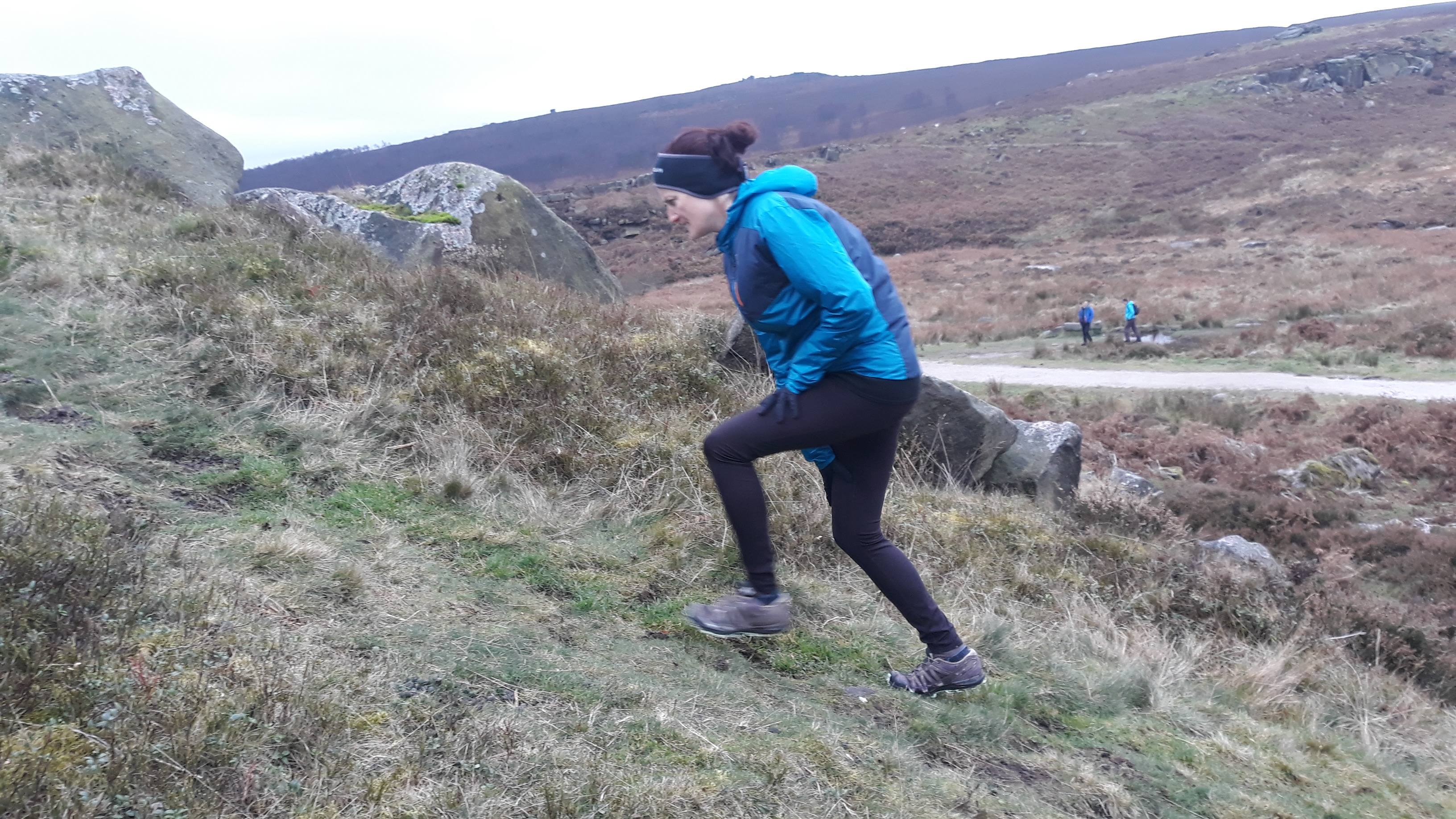
Common Mistakes
Probably the biggest mistake that recreational runners make is to think that most of their running needs to be at a fairly hard intensity. They aim to do every run at an intensity that leaves them feeling fatigued. Sometimes when I write someone a training plan they are surprised that I have only included one hard session a week with all the other runs being at easy effort. I’d rather have someone build up a good solid base of easy running where they can accumulate more weekly duration than have them do fewer hours at a harder effort. A week that consists of one hard session and a long run on hilly terrain, with three, four or even five easy days (some of which include ancillary work such as strides, hill sprints or strength work) is better than a week with four fairly hard runs.
As well as the championship races there are hundreds of other races in the calendar. In summer it is possible to race on Saturday and Sunday plus a midweek evening race. Some runners are guilty of over racing and some take pride in doing as many races as possible. This is fine if their goal is to enjoy the camaraderie and fun of the race, but it isn’t the best way to make fitness improvements and can often lead to fatigue or injury.
It is common to overlook the need for recovery weeks. Sometimes a runner might experience a dip in performance due to fatigue, but rather than back off they train even harder. They think that the dip is due to not enough hard running when actually they need to take a rest. I always recommend backing off training after a hard race, even if the runner is feeling good.
No “best way”
It’s easy to overcomplicate the training process and there are lots of different sessions that can be included in a training plan. There isn’t one single best way to do things and different people will respond to training in different ways. Some runners are more robust, able to handle a higher workload and rarely get injured. Others need to be more cautious as they are more injury prone. Also, people respond differently to different stimuli, for example one person might see rapid fitness gains from interval training whilst another might be slow to make any improvement. That’s why a personalised training plan that takes into account a runner’s strengths and weaknesses is far better than an off the shelf “one size fits all” plan. The challenge, for both a runner and a coach, is to find what works for you and that might not necessarily be the same as what other runners are doing.
Get the basics right, set your main targets, accept that some races will go better than others and learn what works for you. Enjoy your running!
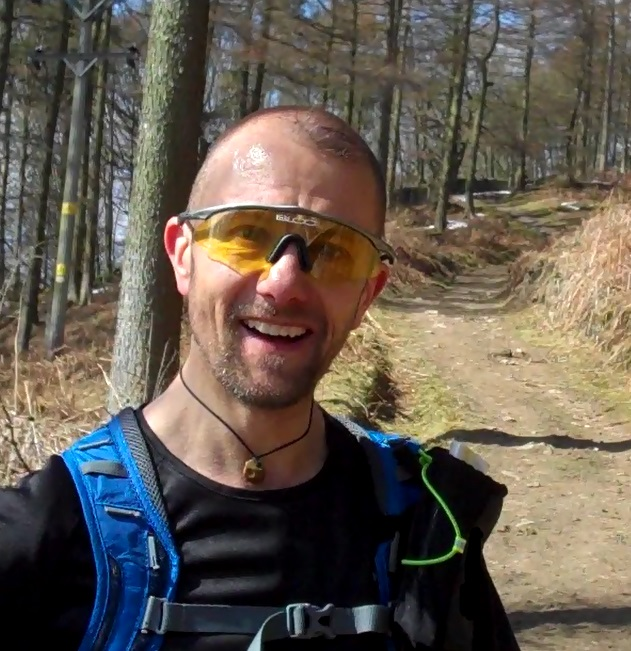
About the author
Dave Taylor is an experienced fell runner and running coach and has been English Fell Running Champion for the V50 age category and runner up for the British V40 Championship.
He is an Xhale coach and offers individual coaching sessions and training plans for runners of all abilities: www.fellrunningguide.co.uk
Want your content featured?
If you would like to input to our Coaches’ Hub – or there is a topic you would like us to write about – why not send us your ideas? We are always looking for good content and it helps to promote your business.
Email: caroline@trainxhale.com

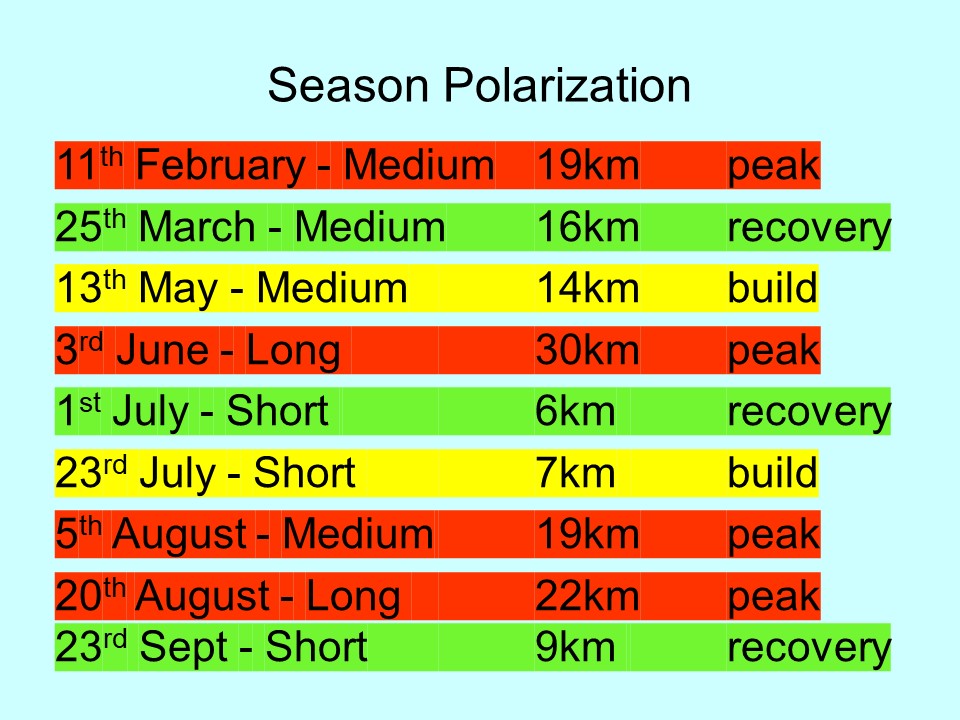
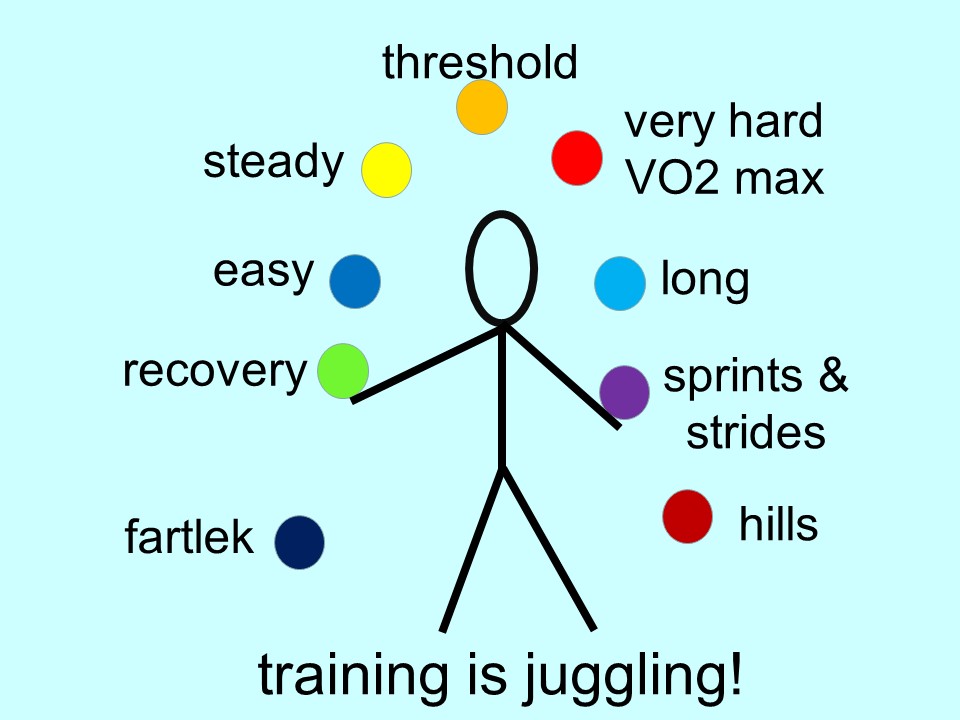
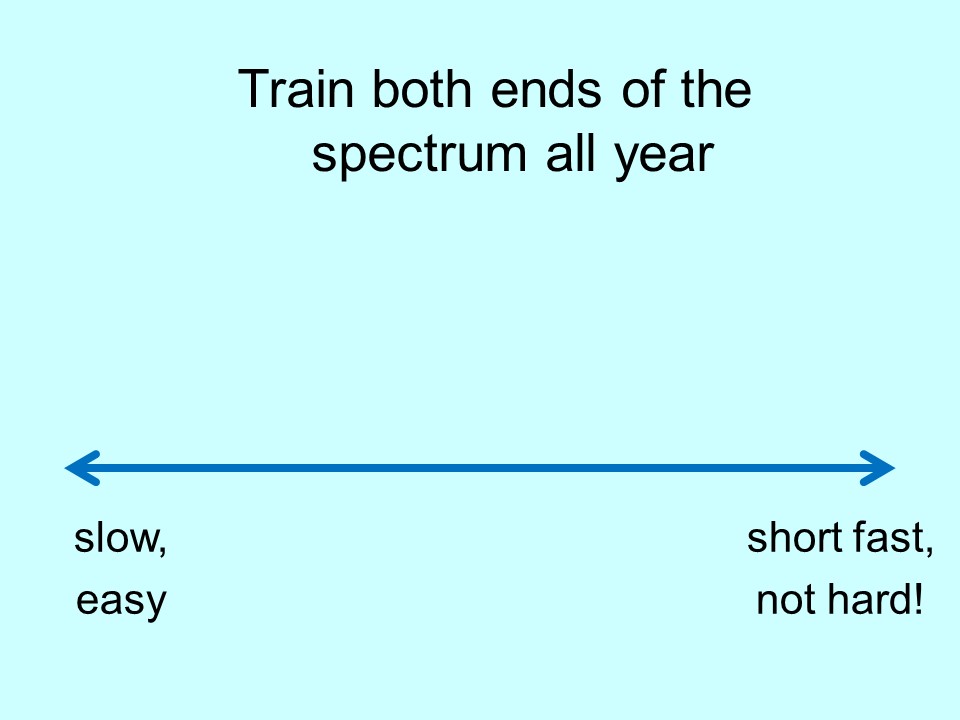
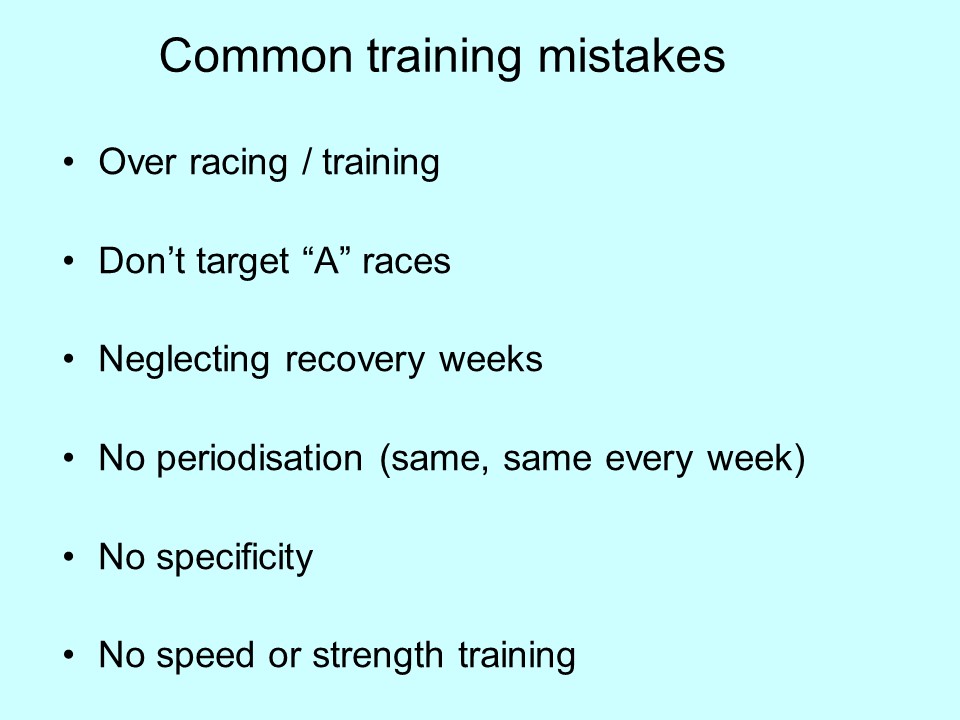
1 comment
Comments are closed.